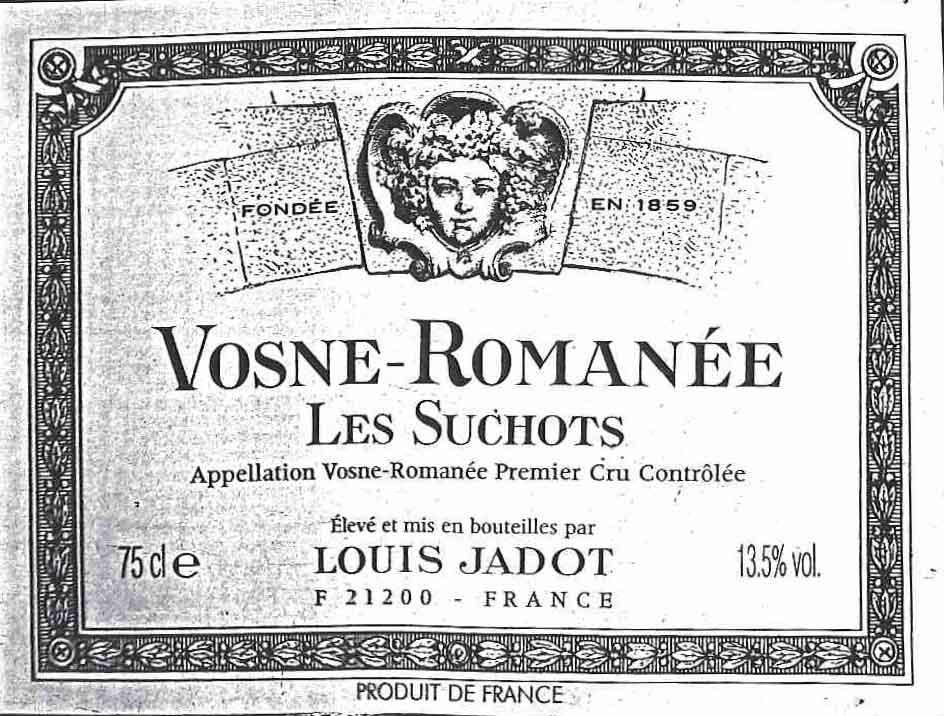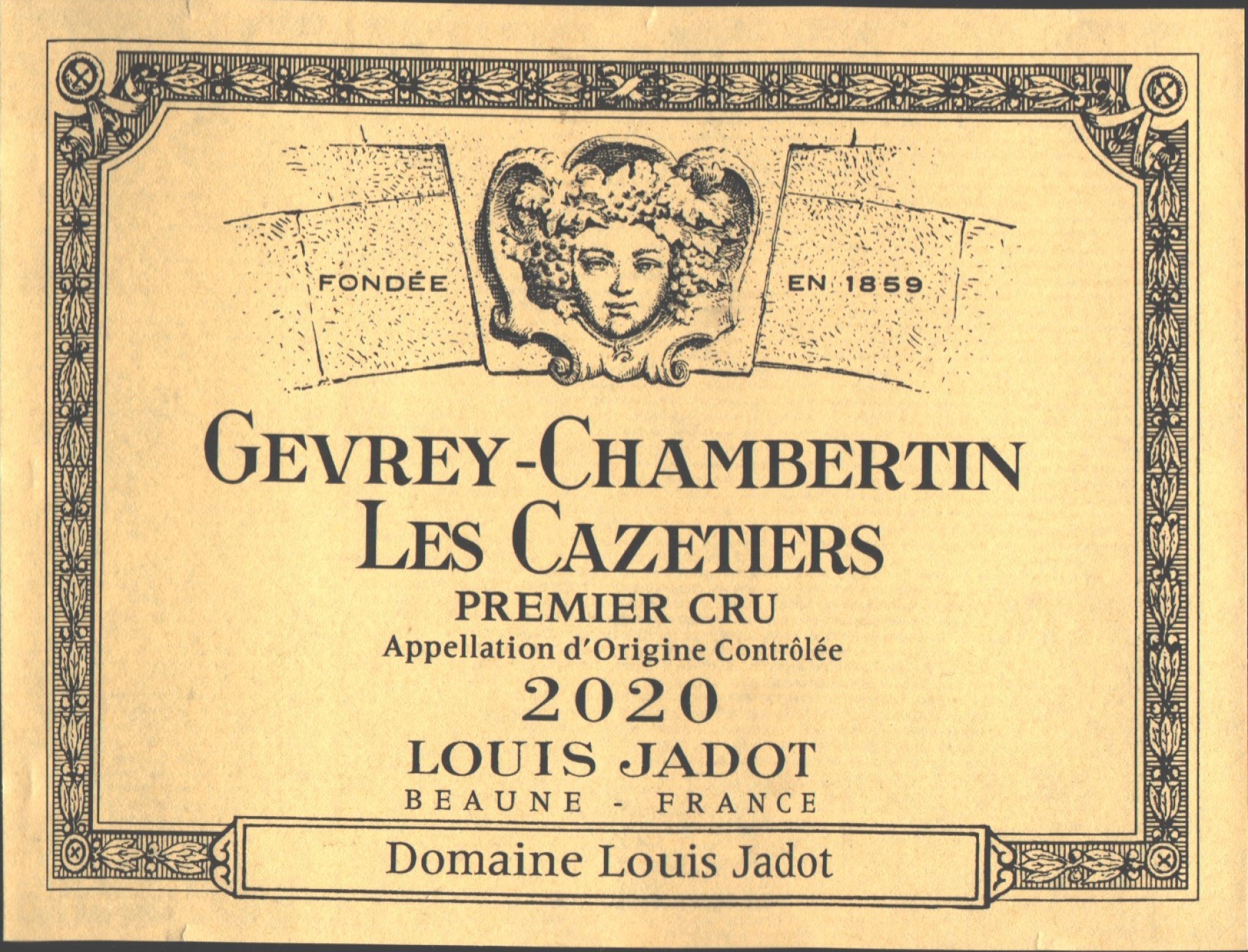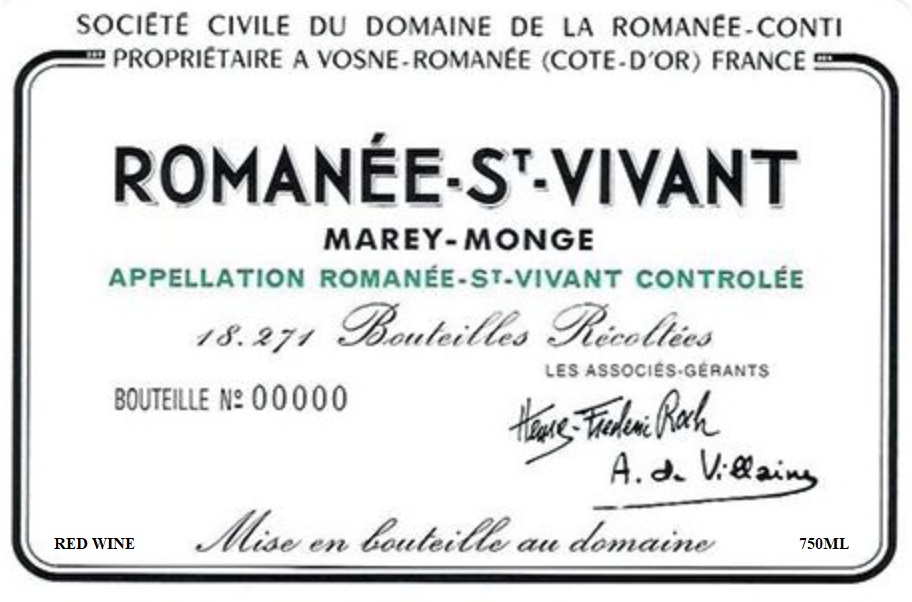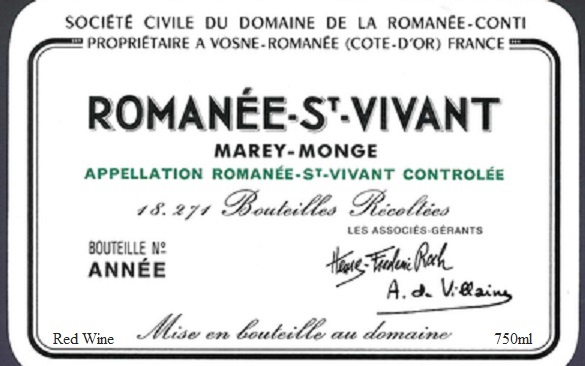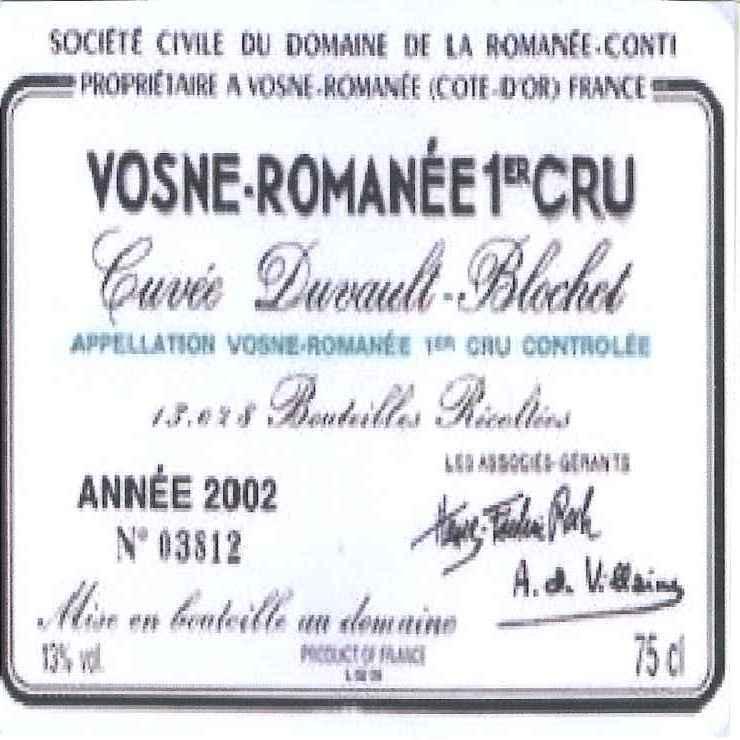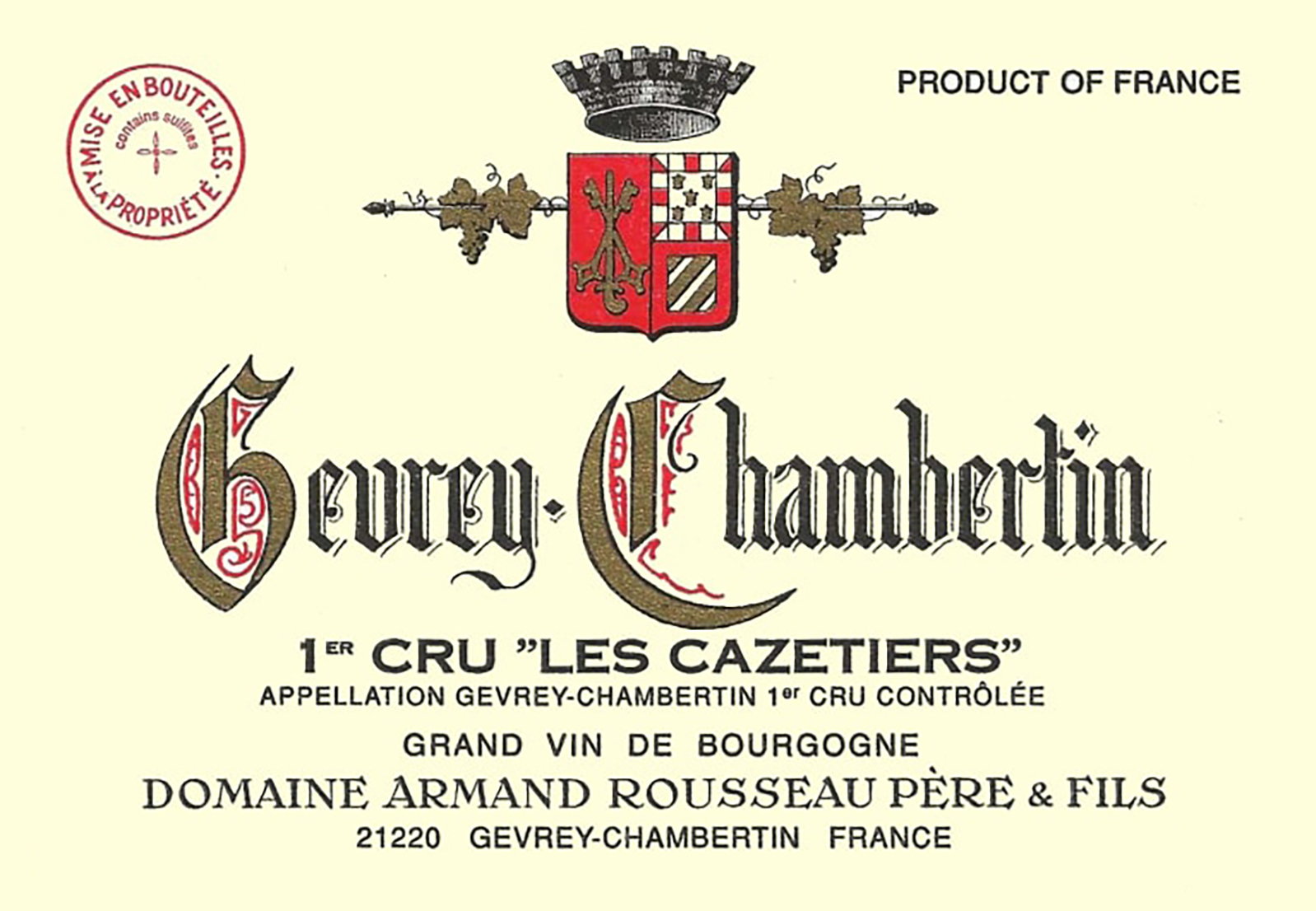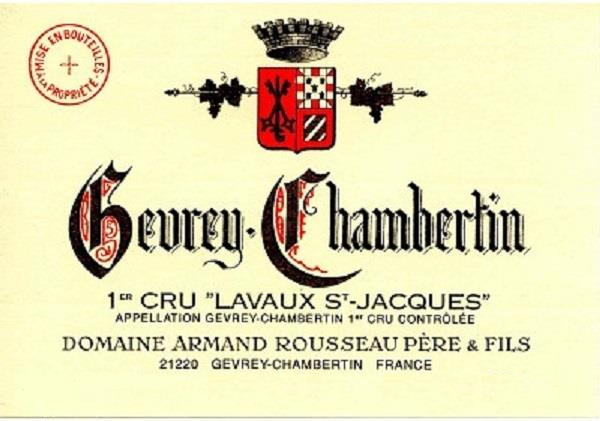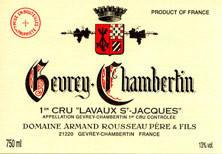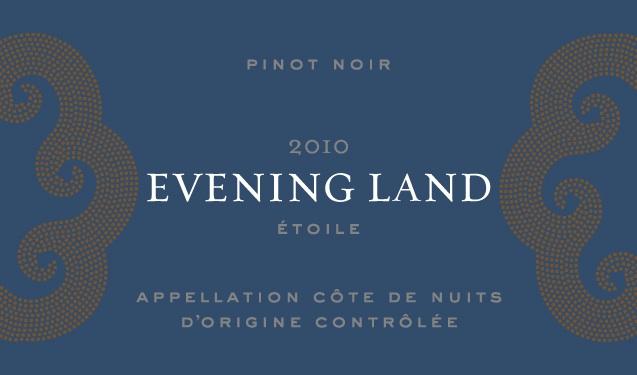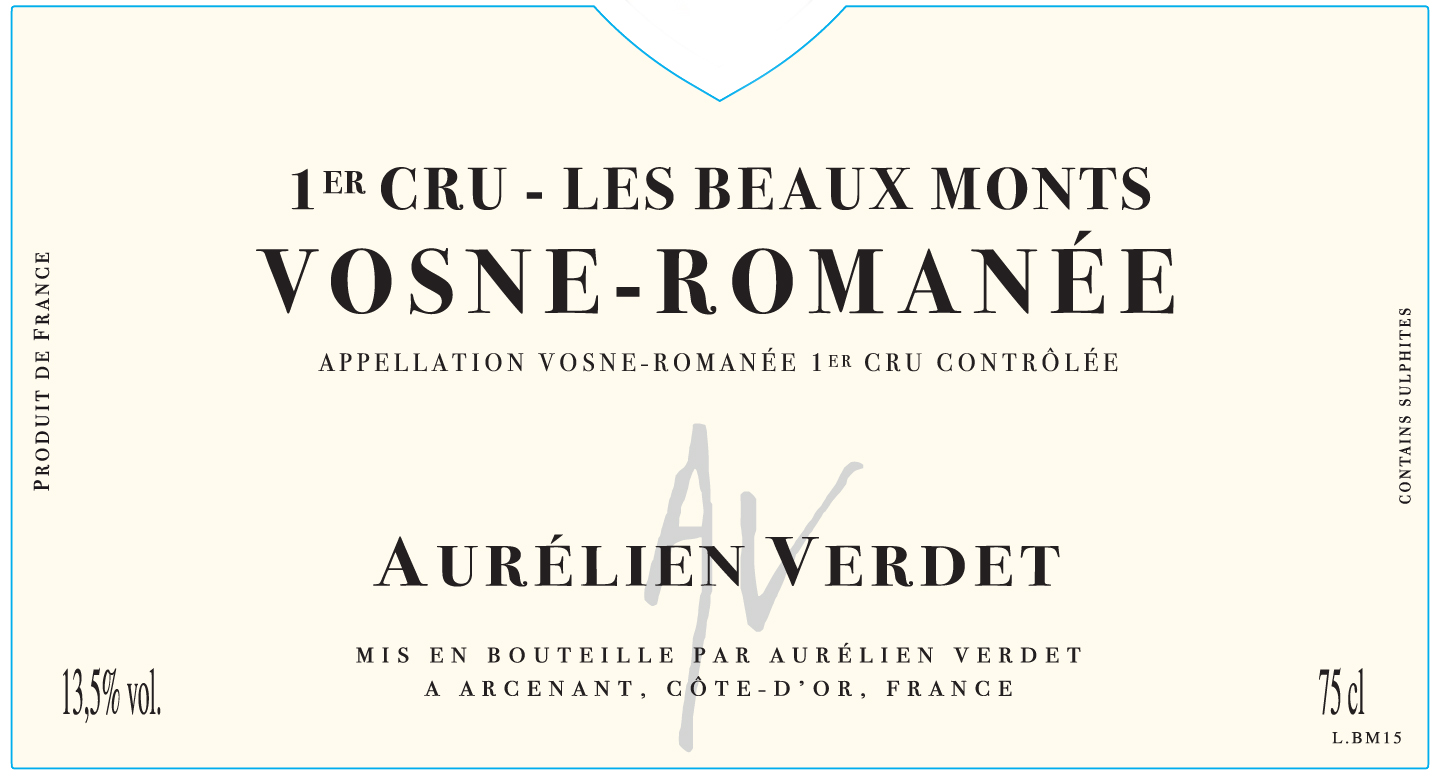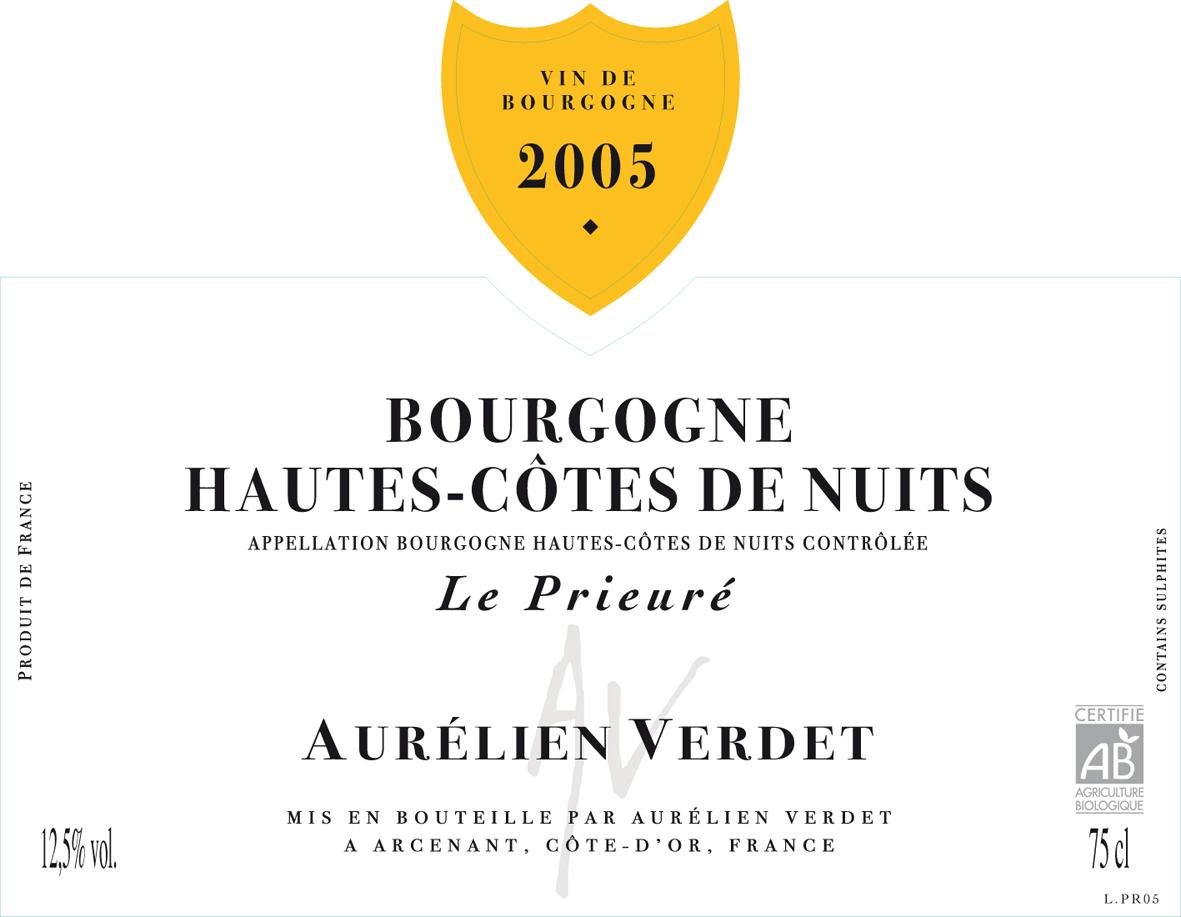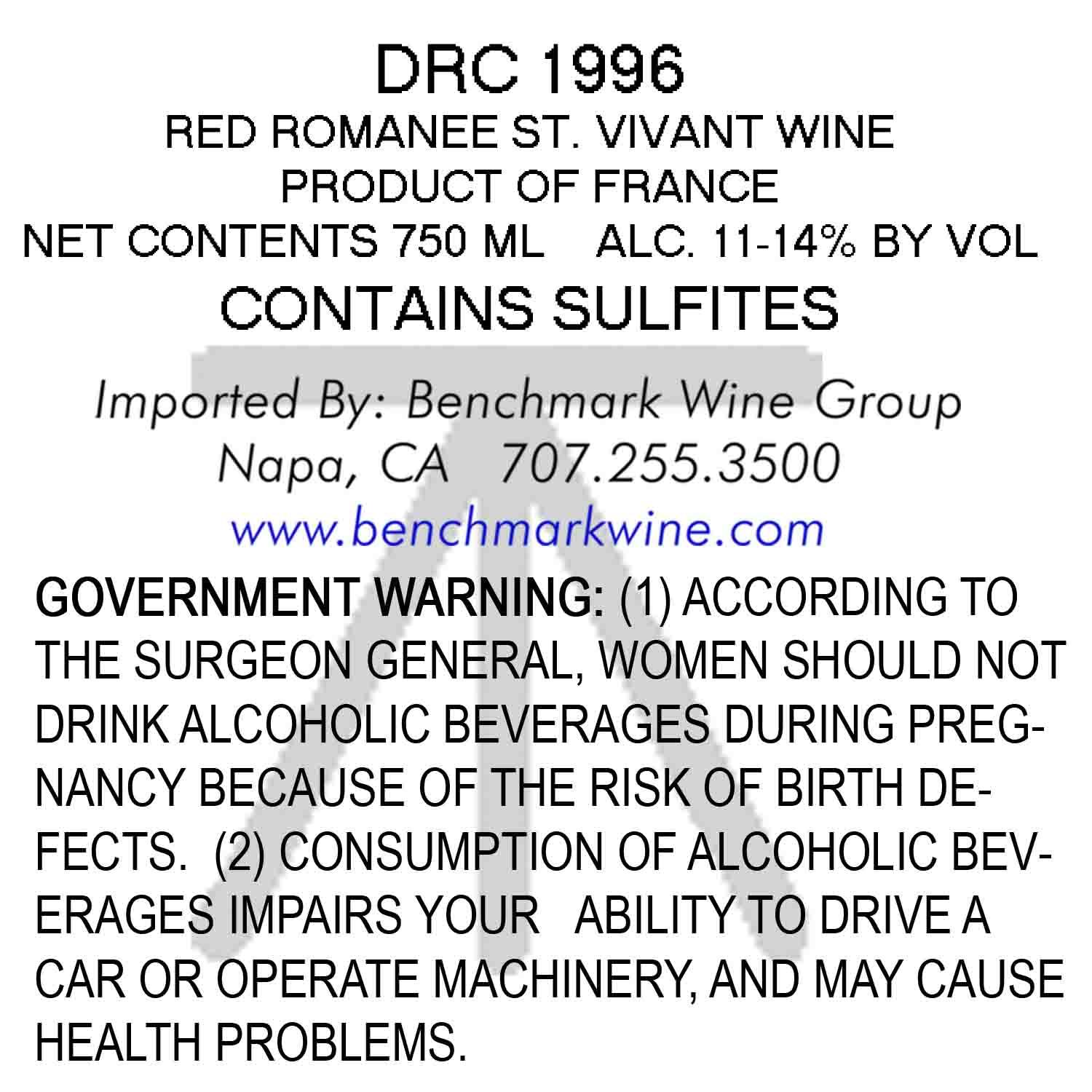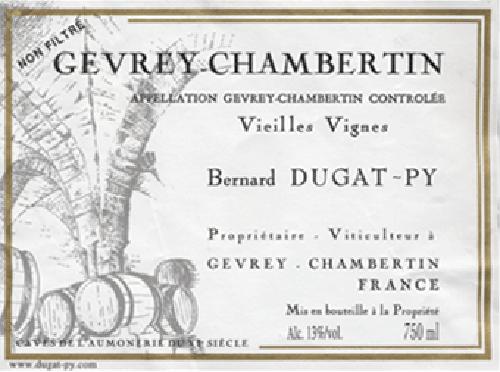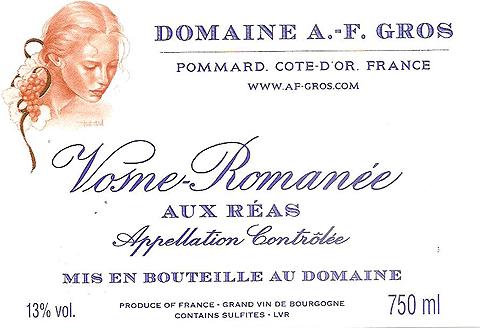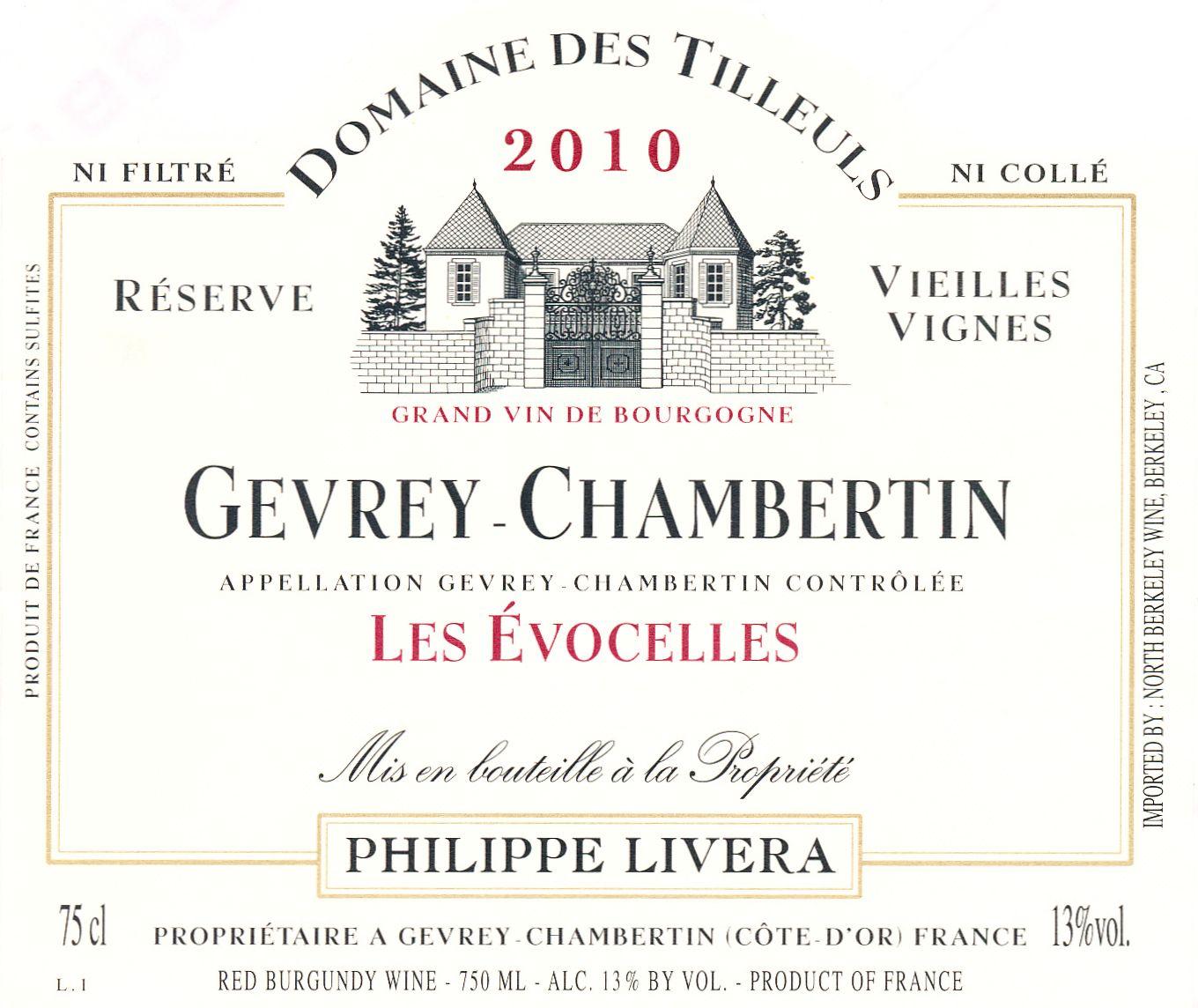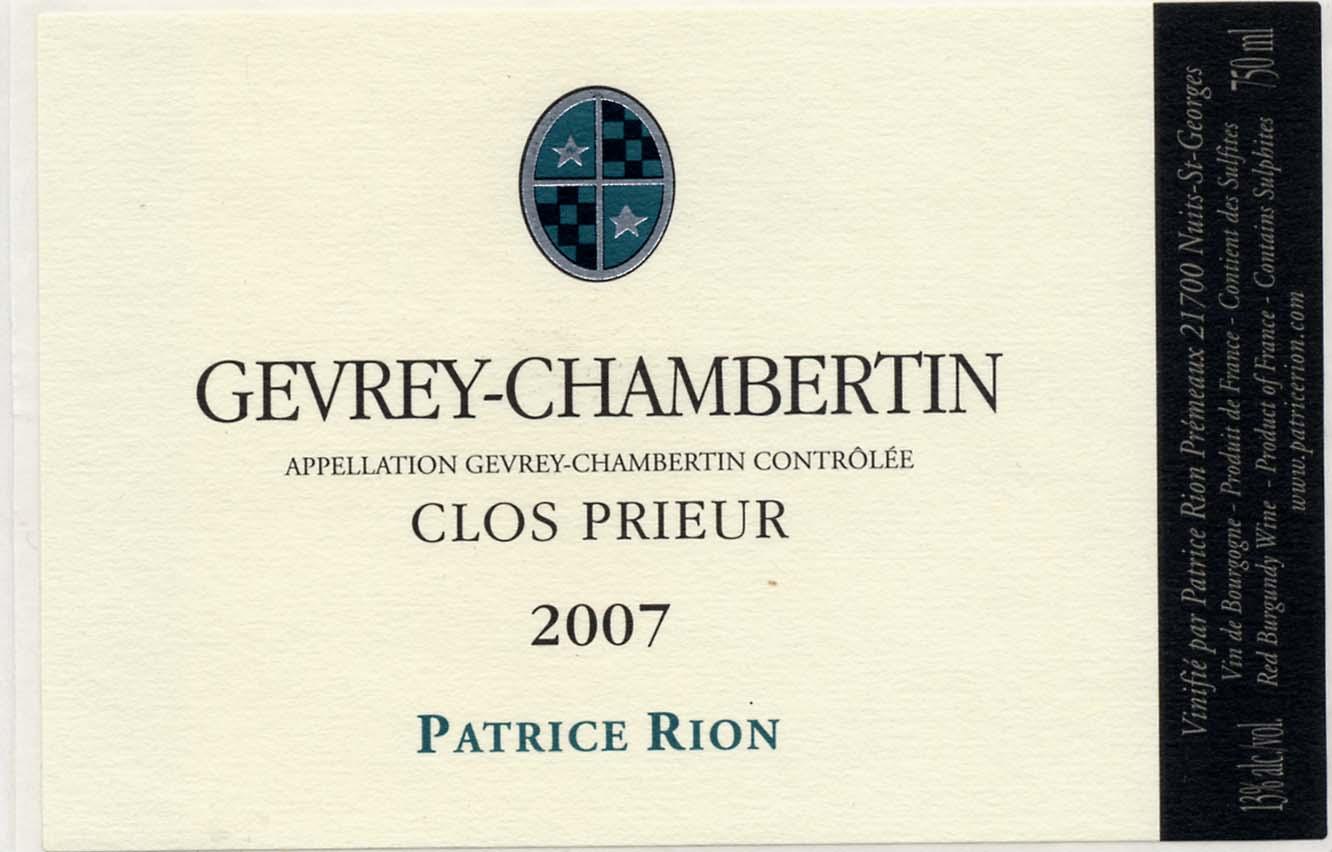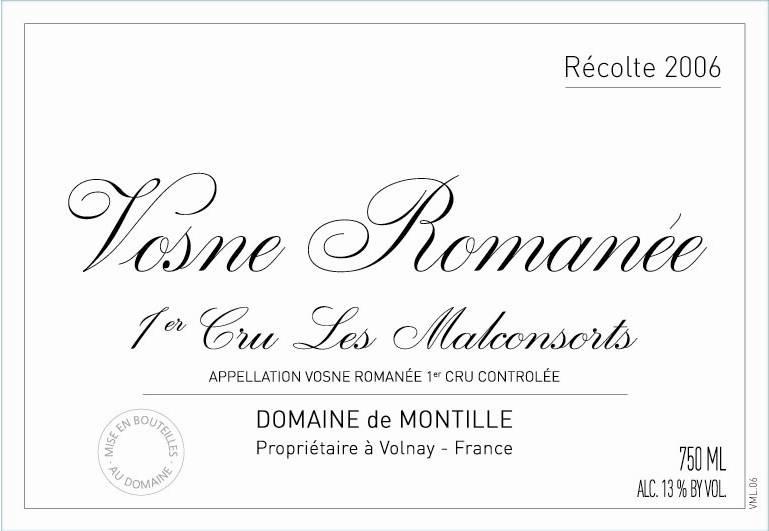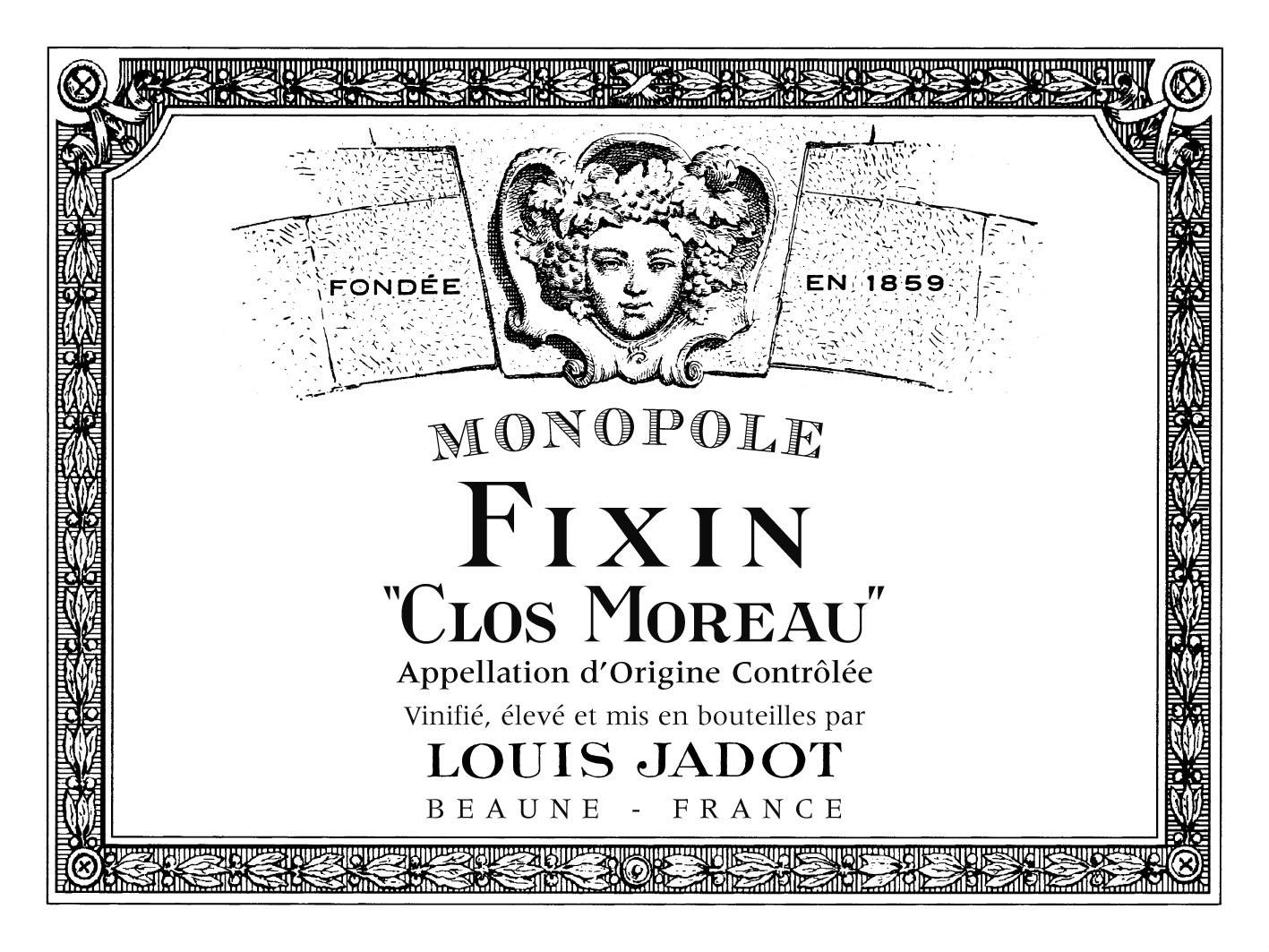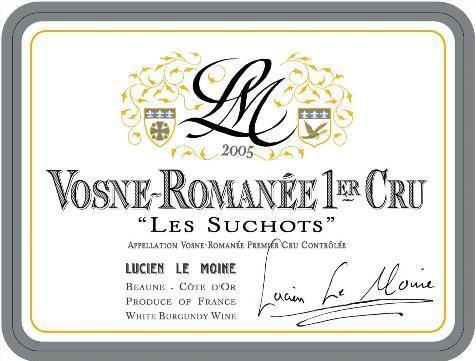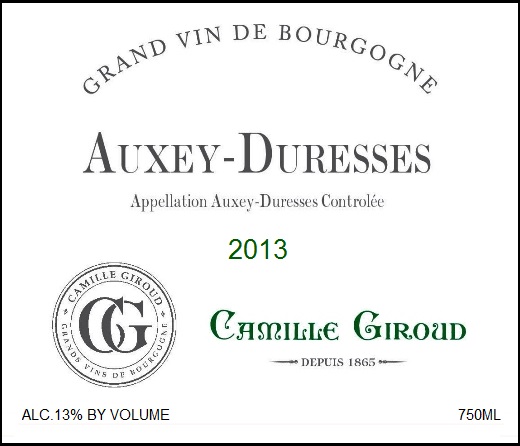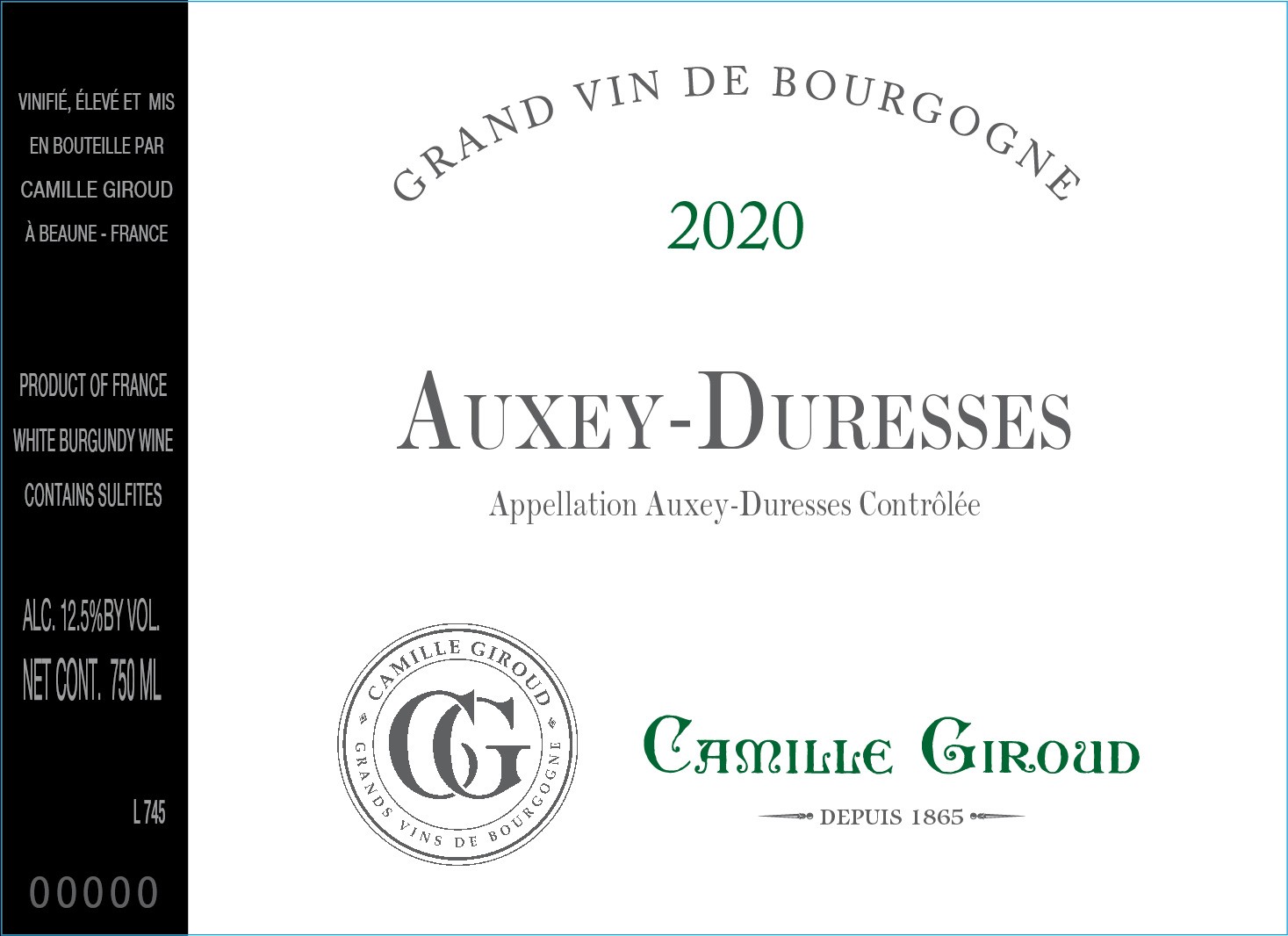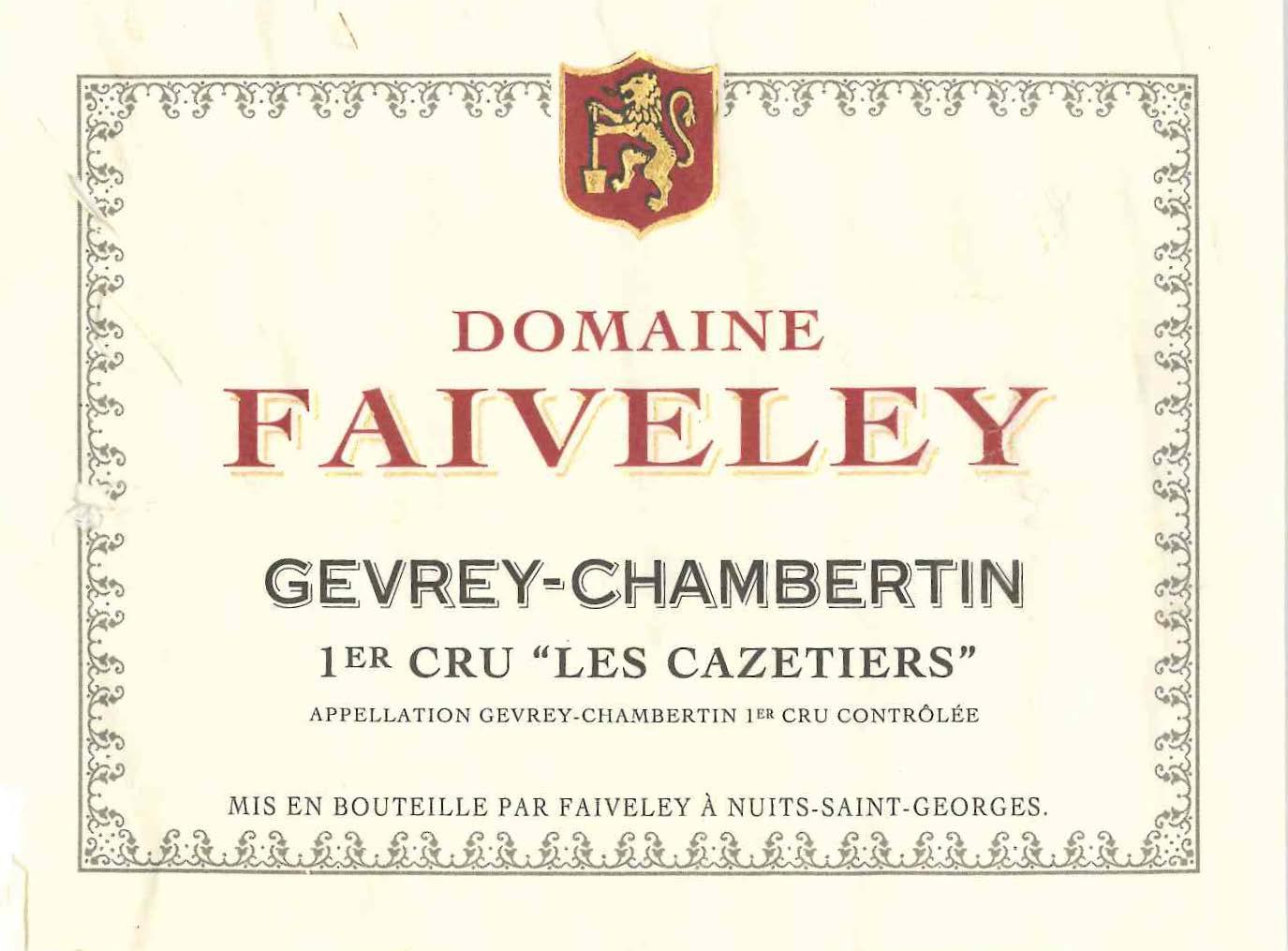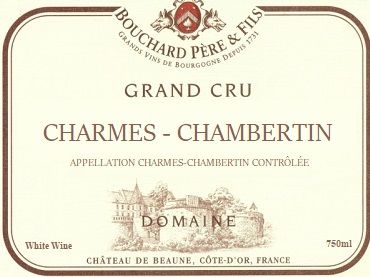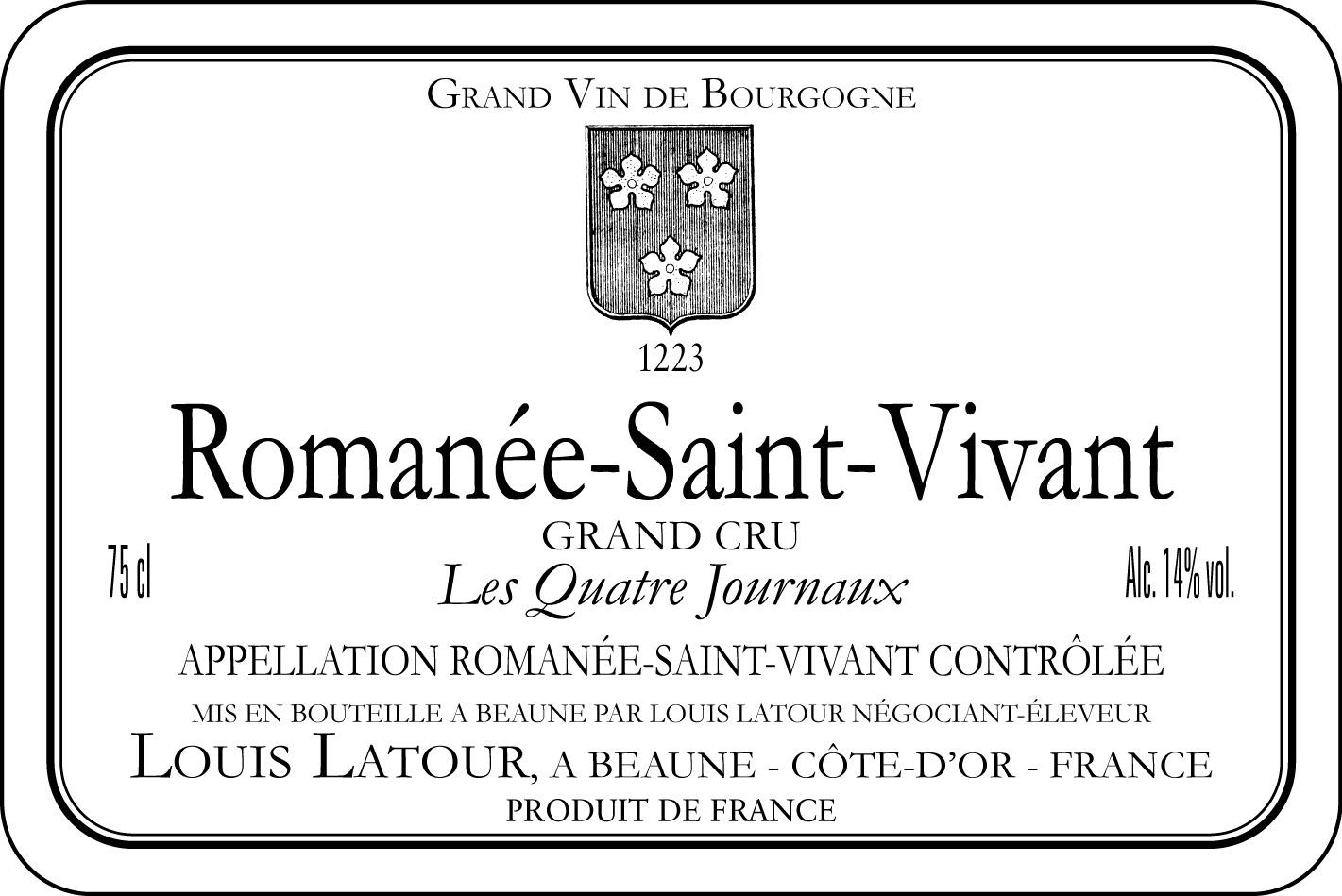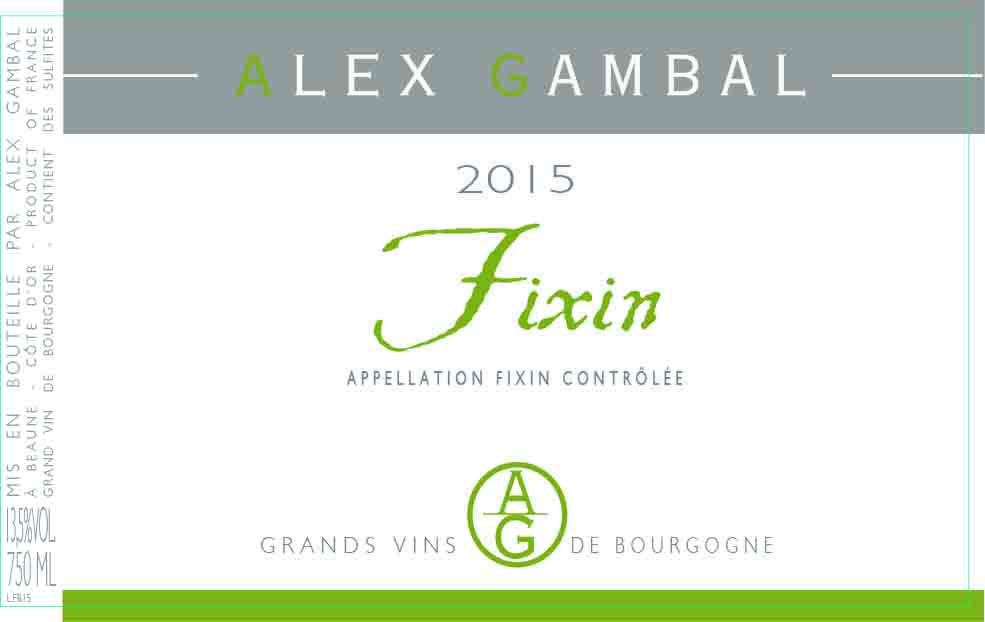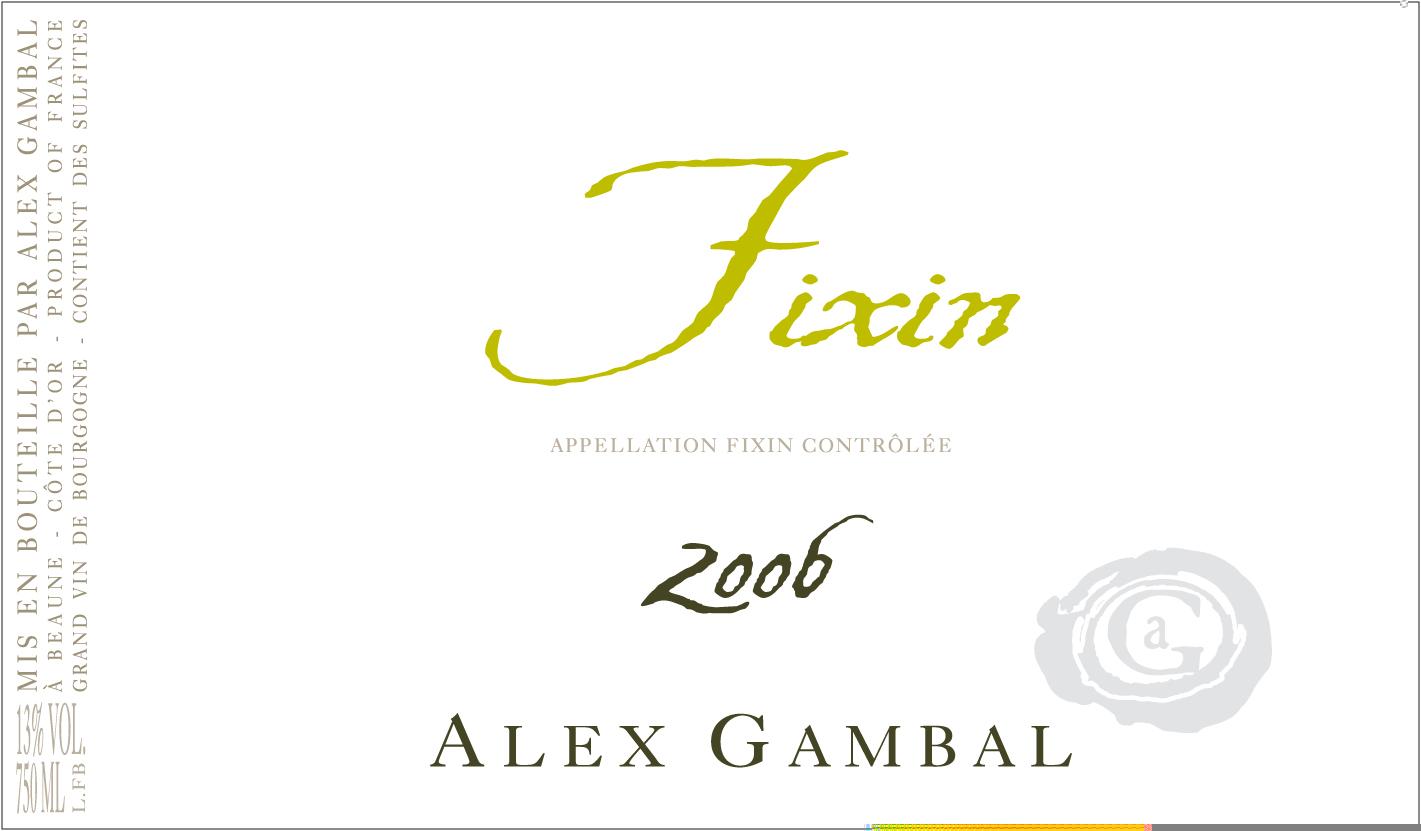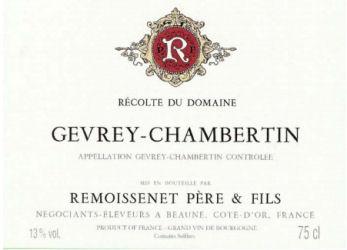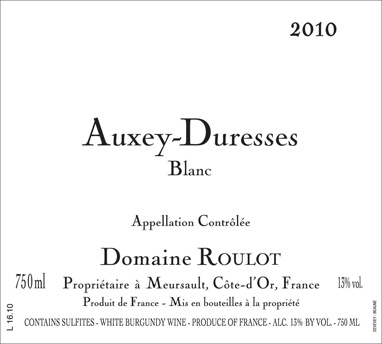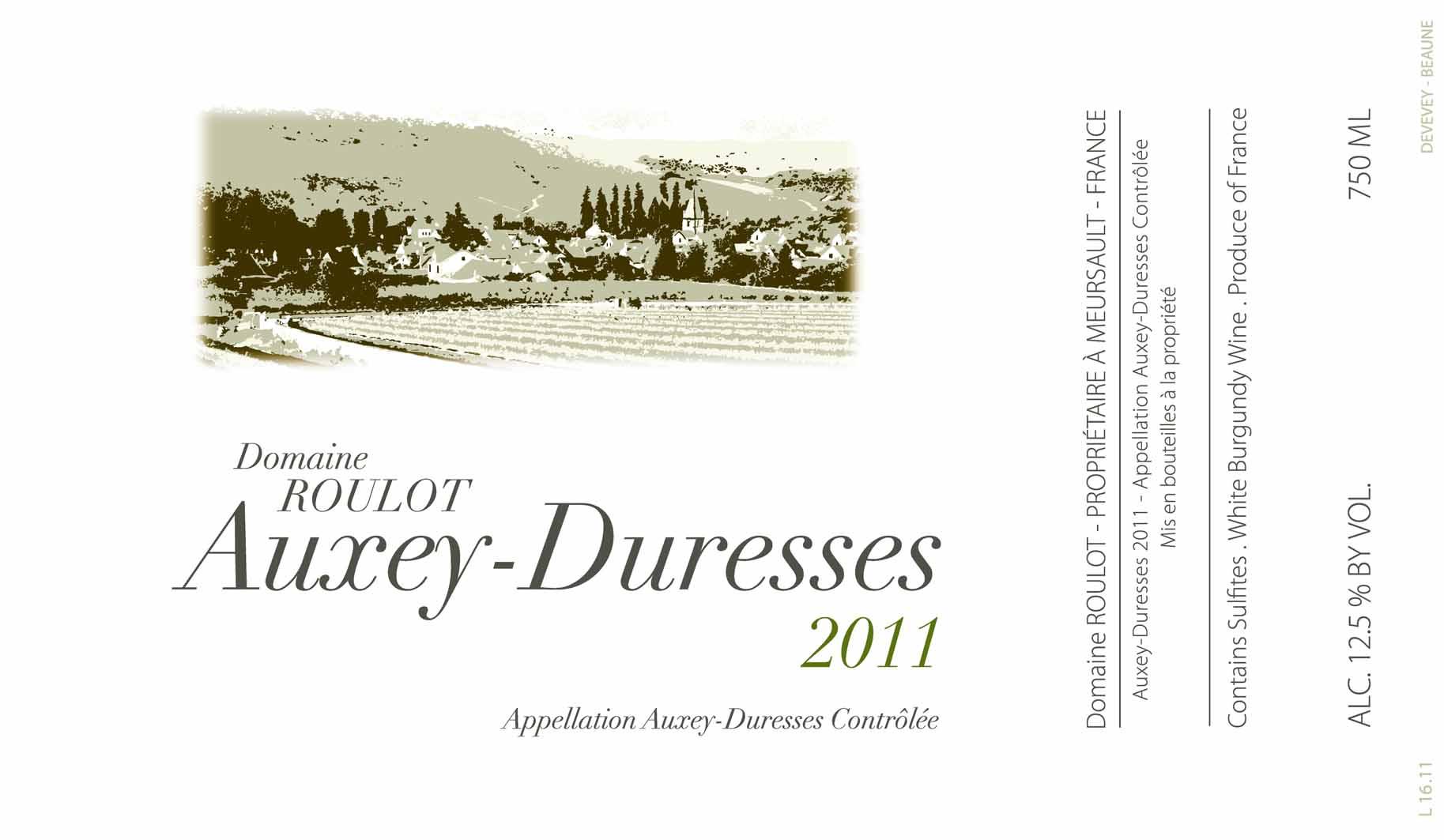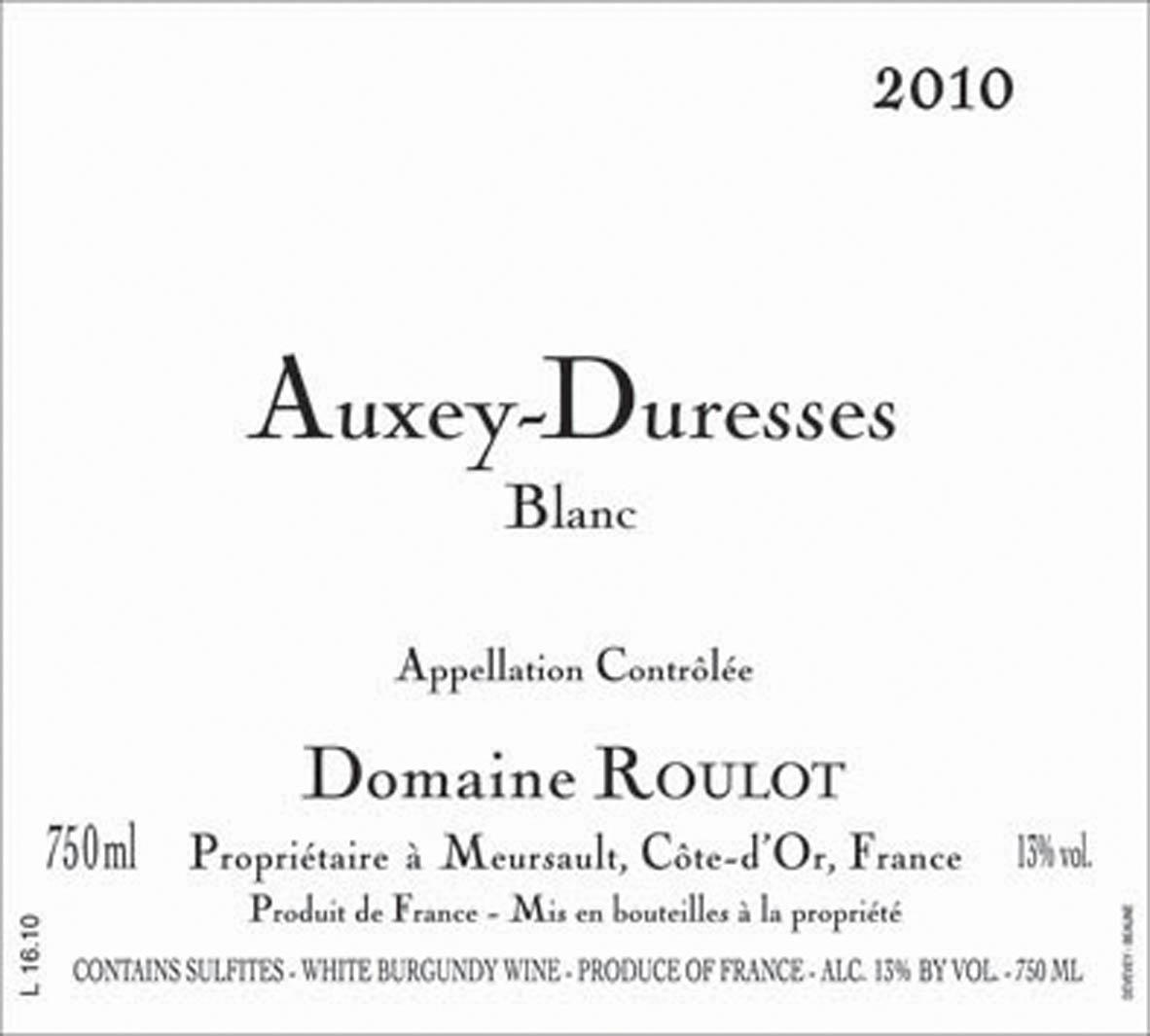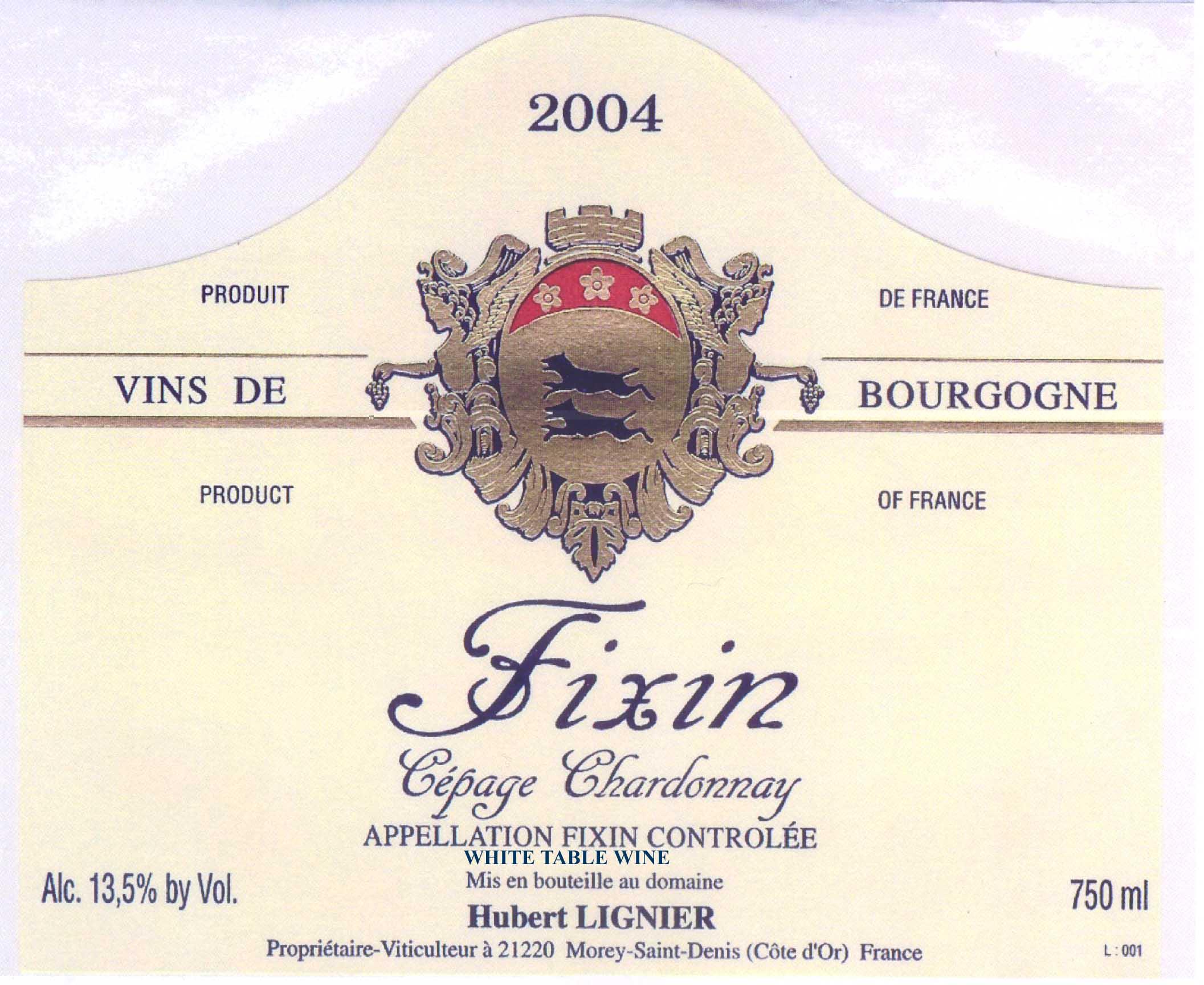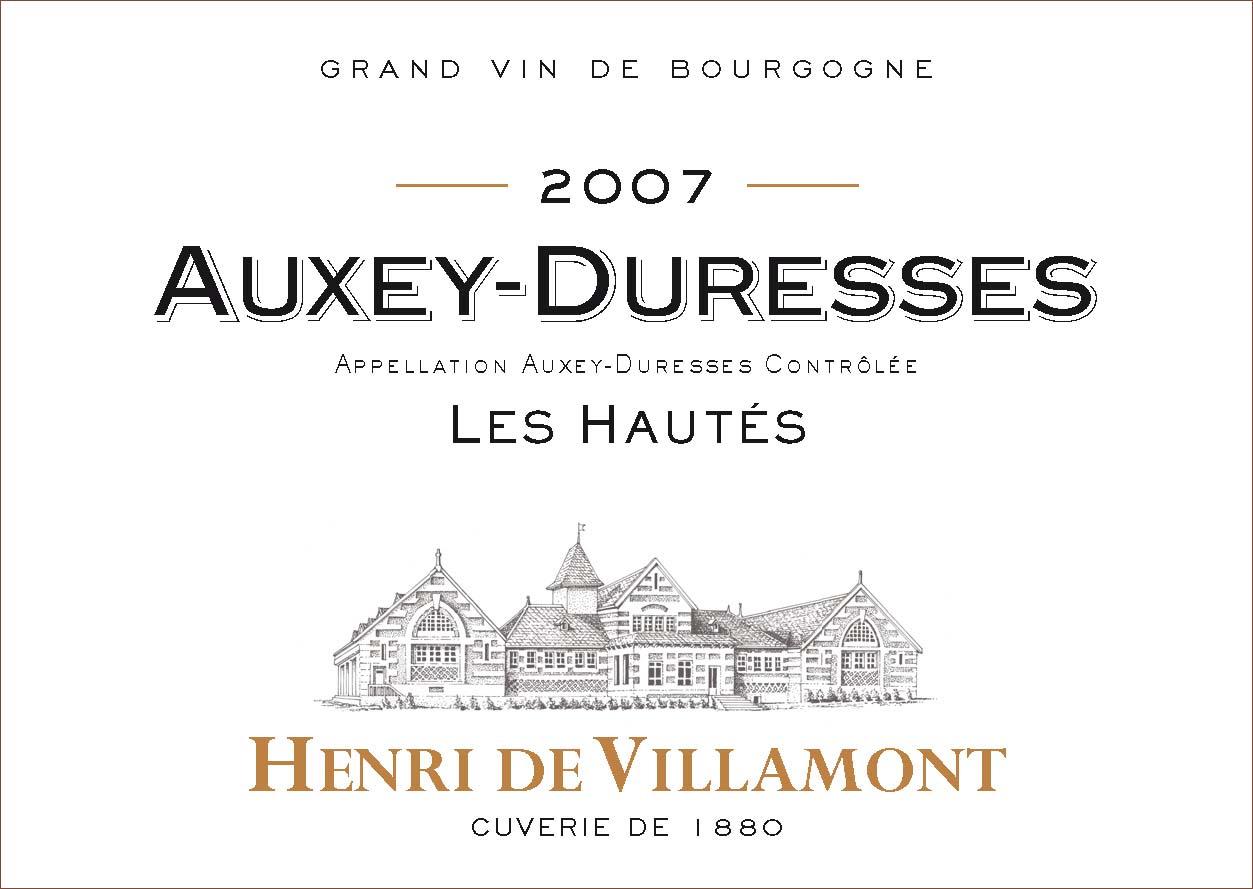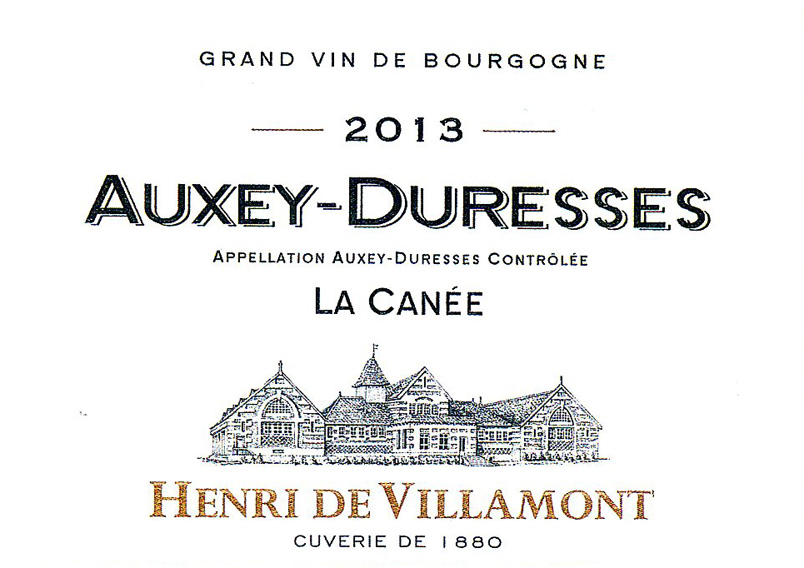Terroir of the Côte de Nuits
The Côte de Nuits has a continental climate with warm summers and cold winters, while spring and autumn are unpredictable. Late spring frosts and summer hail are common challenges, but the temperature swings between day and night help preserve acidity, even in warmer years.
Vineyards do well on south- and southeast-facing slopes, especially at mid-slope, which ensures even ripening. The unique soil has Jurassic limestone and marl, with subtle differences from north to south. In Chambolle-Musigny, crumbly limestone with gravelly layers helps drainage, while stones and limestone fragments retain heat.
Lower areas with heavier clay produce structured, tannic wines. This mix of slope, sun exposure, and soil variety adds to the Côte de Nuits' complex and mineral-rich wines, with Nuits-Saint-Georges making broad, powerfully structured wines from iron-rich marls.
Notable Wineries in the Côte de Nuits
The Côte de Nuits, a jewel in Burgundy’s crown, is home to an array of prestigious wineries known for their exquisite Pinot Noir. This region boasts some of the finest winemakers:
-
Domaine de la Romanée-Conti: Renowned for its legendary Romanée-Conti vineyard, this estate produces limited, biodynamic wines with unrivaled finesse.
-
Domaine Leroy: Lalou Bize-Leroy leads this biodynamic estate, celebrated for its intensely concentrated grand and premier cru wines.
-
Domaine Armand Rousseau: A leader in Gevrey-Chambertin, their wines are powerful, structured, and ideal for aging.
-
Domaine Georges Roumier: Known for its aromatic elegance, especially in Bonnes Mares and Chambolle-Musigny.
-
Domaine Dujac: Established in 1968, they craft expressive, silky wines through careful vineyard practices.
-
Domaine Faiveley: Historic and robust wines from Nuits-Saint-Georges, showcasing the region’s unique terroir.
Sustainable Winemaking in the Côte de Nuits
The Côte de Nuits is at the forefront of sustainable winemaking in Burgundy, with many vineyards adopting organic and biodynamic practices. This commitment to eco-friendly methods helps protect the region's rich biodiversity and enhances the quality of its renowned Pinot Noir. As growers limit synthetic chemicals, they turn to natural pest management by encouraging beneficial wildlife and using cover crops to improve soil health.
Efforts to reduce the carbon footprint are evident through the use of lighter bottles and local sourcing of materials. Water conservation is crucial, with strict irrigation rules leading to innovative soil and canopy management. Many wineries are turning to renewable energy and recycling water to ensure efficient use of resources. These sustainable practices not only preserve the land but also ensure that the Côte de Nuits continues to produce exceptional wines for generations to come.
Wine Tourism in the Côte de Nuits
The Côte de Nuits offers an immersive wine tourism experience, blending historic vineyards with cultural landmarks. The Route des Grands Crus, starting from Dijon, guides visitors through picturesque villages like Gevrey-Chambertin and Vosne-Romanée, ideal for cycling or driving.
Notable stops include the Château du Clos de Vougeot and the Hospices de Beaune, each rich in history and wine heritage. Accommodations range from charming B&Bs to luxury hotels, with regional cuisine complementing renowned local wines.
The area hosts significant events, such as the Hospices de Beaune auction and Grands Jours de Bourgogne, attracting global wine enthusiasts. Whether exploring vineyard trails or attending tastings, the Côte de Nuits provides a comprehensive look into Burgundy's premium winemaking culture.




